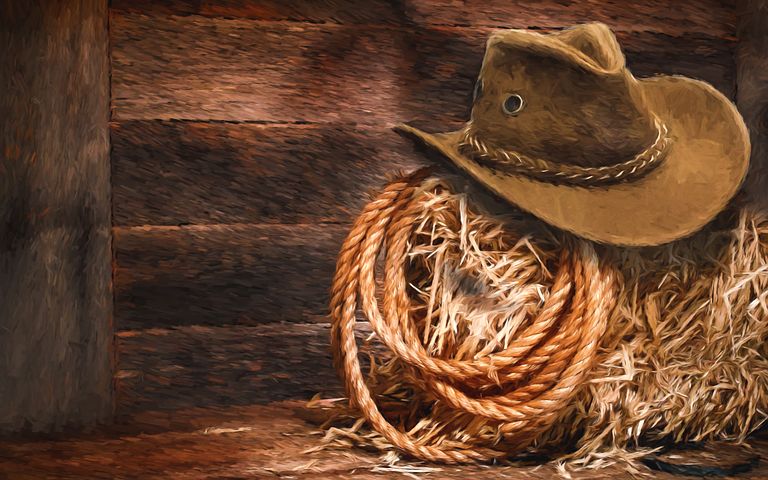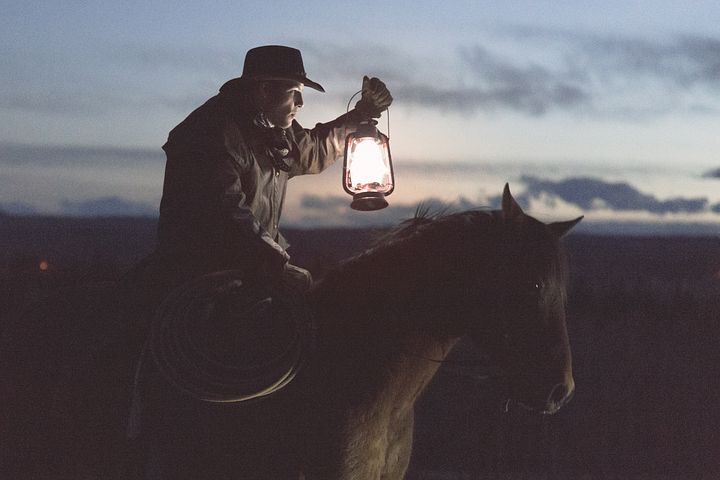An innumerable number of books and articles have been written about them, and many films have been made. They are an inseparable part of American culture and the myth of the Wild West. They participated in the capture of Bonnie and Clyde, prevented assassinations of two U.S. presidents, and today they deal with the most important cases of murder and political corruption. They serve as top-class detectives, cooperate with the most important U.S. security agencies, and handle the most serious crimes. Not everyone can become a Texas Ranger. It requires years of experience in law enforcement, an impeccable reputation, intelligence, and determination. It’s a mission and an honor.
Contrary to appearances, the most famous Texas Ranger was not Chuck Norris, the hero of the popular TV show, but Captain Jack Coffee Hays. The commander of the Rangers, who, 21 years after the formation of the unit by Stephen Austin in 1823, turned the Rangers into something resembling today’s special forces. They were to be fast, exceptionally accurate shooters, skilled horseback riders, organized, disciplined, and capable of operating in enemy territory. They relentlessly hunted down criminals and served on the frontier, where Anglo settlers clashed with Mexico and Native Americans. They were often accused of excessive brutality and murder. These were the times of the Wild West, and for decades, various kinds of people served in the Ranger units. The twists and turns of history required a variety of actions, some of which are hard to call moral. Hays taught his men tracking methods based on Native American guerrilla tactics and flawless horsemanship. It was during his time that the Rangers were equipped with revolvers, which ultimately tipped the scales in favor of white domination over Native American tribes.

It all started with 10 men, appointed in 1823 by Stephen Austin, to protect Anglo settlers in Texas. It wasn’t until several years later that the unit was formalized, when several hundred Rangers were already serving within its ranks.
Over the years, the Rangers fought against the Comanches and Apaches. They protected settlers from criminals, Mexicans, and, above all, Native Americans. To a large extent, under the guise of protecting settlers, it was about the colonization of Texas and the western part of the continent. The countless battles between the Rangers and Native Americans justify the statement that the history of skirmishes and major battles between whites and Native Americans in Texas is the history of the Texas Rangers.

The Rangers’ advantage over the regular military lay in their mobility, excellent training, selection of people who believed in what they were doing, and their knowledge of the terrain. They were fast and effective, which led to the understanding of the necessity of the unit throughout most of the 19th century and into the early 20th century. However, there were periods when the Ranger units were disbanded, such as before the Civil War. During the war, the Rangers fought for the South, and after being replaced by the state police, they were re-established many years later.

The end of the 19th century was the time when the legend of the Rangers was largely born. Many successes in capturing famous outlaws of the Wild West, the final defeat of the Indians, successes in tracking down murderers and rebellious tribes — all of this built the legend of the unyielding, never-tired, saddle-sleeping riders whose weapons were always loaded and who never missed. On the frontier, they served as soldiers fighting Indians and Mexicans. When regular crimes and murders occurred, they shifted roles and acted as detectives and investigators.

The Rangers instilled fear on both the American and Mexican sides of the border. The Native Americans also feared them. Over the years, there were instances of rape, torture, and executions for which they were responsible. Their merciless methods led to many enemies. They were, among other things, responsible for the massacre at Porvenir, where they killed 16 Mexican men and boys.

By the late 1920s, the Ranger units had dwindled to just 45 men, and eventually, the unit was disbanded. It wasn’t until 1935 that the Texas Department of Public Safety (DPS) was established, and the Texas Rangers became a part of it, where they remain to this day.

